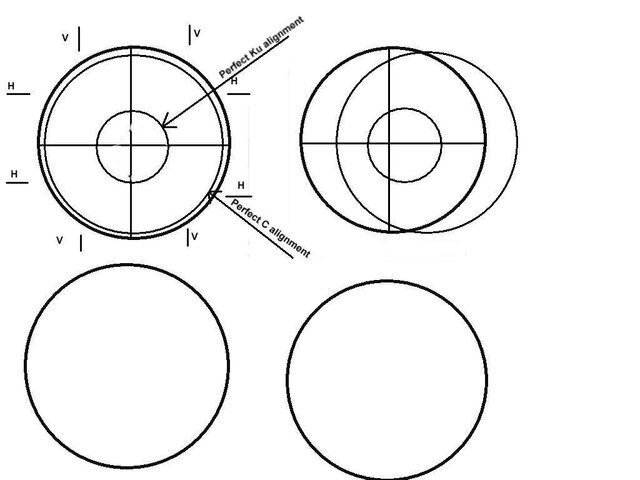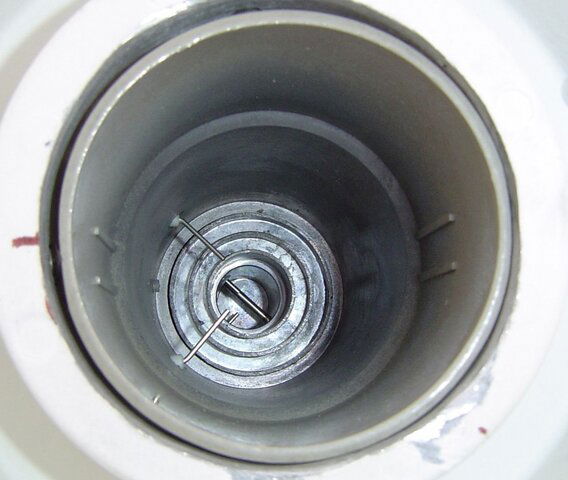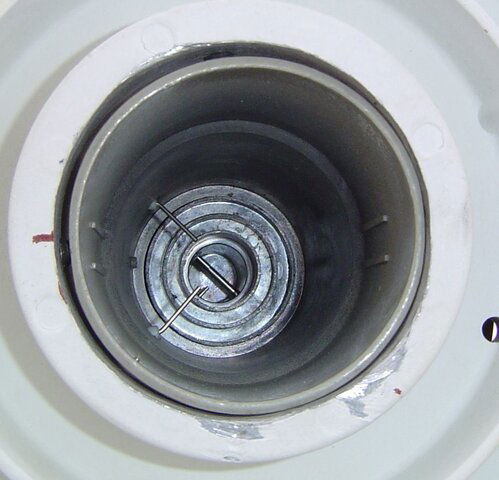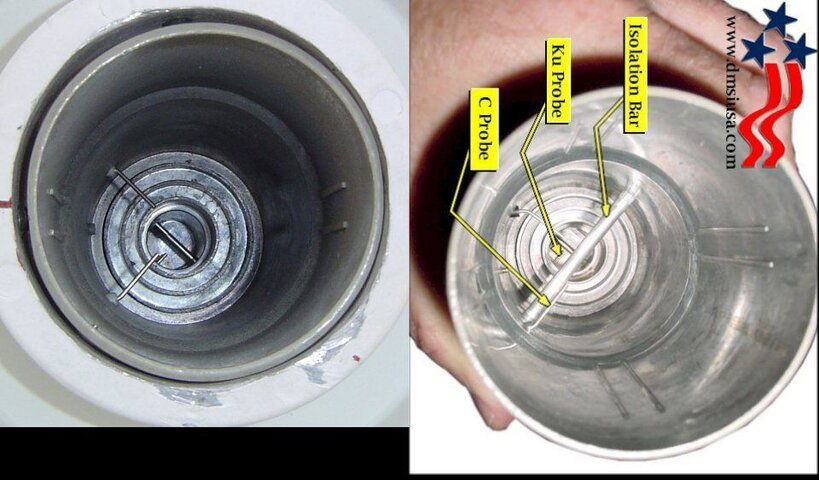Ok, I have a question about skewing the Geosat Pro CK1 LNBF.
The problem:
I have the CK1 arrow indicator currently set at precisely 9:00 as per the instructions that were given to me.
On G11, the vertical channel that reads "due to blackouts", will not lock and display on either the Traxis 3500 or my "new"/used Coolsat 5000 that I just got. (I got it for a reason. I haven't really ever gotten used to them, but it does what the Traxis won't do.)
The same is true on AMC6 NASA vertical channels.
The Coolsat will lock it a little longer, and actually display the picture for a second or two, then goes completely out on both satellites.
The reading when locked on both the Traxis and the Coolsat is about 75% SQ. Both should lock and display the channels.
All lock and display fine on the Pansat, and it shows about 75% SQ. All lock and display fine in MT using the Twinhan card.
BTW, all Ku Vertical channels display fine.
The Question:
Could this mean that the skew needs to be adjusted slightly in one direction or the other on the CK1?
If so, which direction would you experts move it?
I would assume the same would apply to the BSC-621 too.
The problem:
I have the CK1 arrow indicator currently set at precisely 9:00 as per the instructions that were given to me.
On G11, the vertical channel that reads "due to blackouts", will not lock and display on either the Traxis 3500 or my "new"/used Coolsat 5000 that I just got. (I got it for a reason. I haven't really ever gotten used to them, but it does what the Traxis won't do.)
The same is true on AMC6 NASA vertical channels.
The Coolsat will lock it a little longer, and actually display the picture for a second or two, then goes completely out on both satellites.
The reading when locked on both the Traxis and the Coolsat is about 75% SQ. Both should lock and display the channels.
All lock and display fine on the Pansat, and it shows about 75% SQ. All lock and display fine in MT using the Twinhan card.
BTW, all Ku Vertical channels display fine.
The Question:
Could this mean that the skew needs to be adjusted slightly in one direction or the other on the CK1?
If so, which direction would you experts move it?
I would assume the same would apply to the BSC-621 too.





